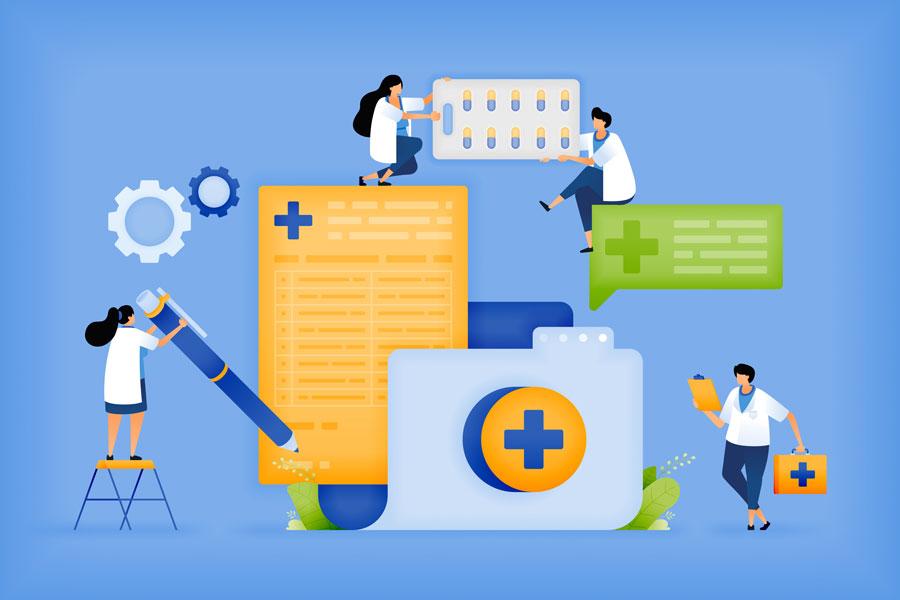
Cost savings through secondary use of health data
Finland is considered a pioneer in the secondary use of health data. Secondary use enables new innovative solutions to address challenges in healthcare. However, regulatory challenges remain an obstacle to implementing these new solutions.
The Kanta services contain comprehensive and up-to-date information on the health of Finnish citizens. The Secondary Use Act allows the secondary use of Finnish health data for purposes such as research, education, statistics, information management, and development and innovation activities. The objective of the Secondary Use Act is to ensure that the use of this data is both efficient and secure.
Using health data to solve healthcare challenges
The Kanta services in Finland store a wide range of comprehensive data. The health data stored in the Kanta services could be used to develop various solutions to enhance the efficiency of healthcare.
For example, health data could be utilized more broadly for purposes of information management, such as calculating individuals’ health risks. This would enable better identification of people who require health services. Additionally, by analyzing regional differences in the prevalence of certain diseases, better decisions could be made regarding where to allocate specific healthcare resources. Predictive healthcare solutions of this kind could lead to significant cost savings in the healthcare sector.
Making legislation on secondary use more favorable for information driven management and development and innovation activities
In the context of information driven management, Kanta data from external registries can currently only be used in aggregated statistical form. This limits the scope and development of potential new solutions. The same challenge applies to development and innovation activities, as only aggregated statistical data is available for these purposes. Such data is often insufficient when developing new health technology solutions.
The secondary use of health data is at a turning point. In Finland, the challenges of the Secondary Use Act have been recognized, and amendments to the legislation have been proposed. Additionally, in the coming years, the new European Health Data Space (EHDS) regulation will change the regulatory framework for the secondary use of health data.
When new regulations come into effect, it is important to ensure that they are not interpreted too strictly, so as to enable more flexible use of data compared to the current situation. In particular, greater flexibility and leeway should be introduced for the secondary use of health data in the contexts of information driven management and development and innovation activities.
More about the topic: Social and Health Informatics Research Day on May 5
Finnish Social and Health Informatics Association will organize the Social and Health Informatics Research Day on Monday, May 5, 2025, at Nova Hospital in Jyväskylä. Atostek’s software developer, Emmi Eronen, will present her thesis Utilization of Health and Wellbeing Information in Service Development, including its content and research findings, at the event.
In my Master’s thesis, I explored the possibilities and challenges of utilizing Kanta data in predictive healthcare solutions based on health risk calculations. The study proposed potential solutions to the identified challenges, aiming to make the use of data easier and, in some cases, possible in the first place.
